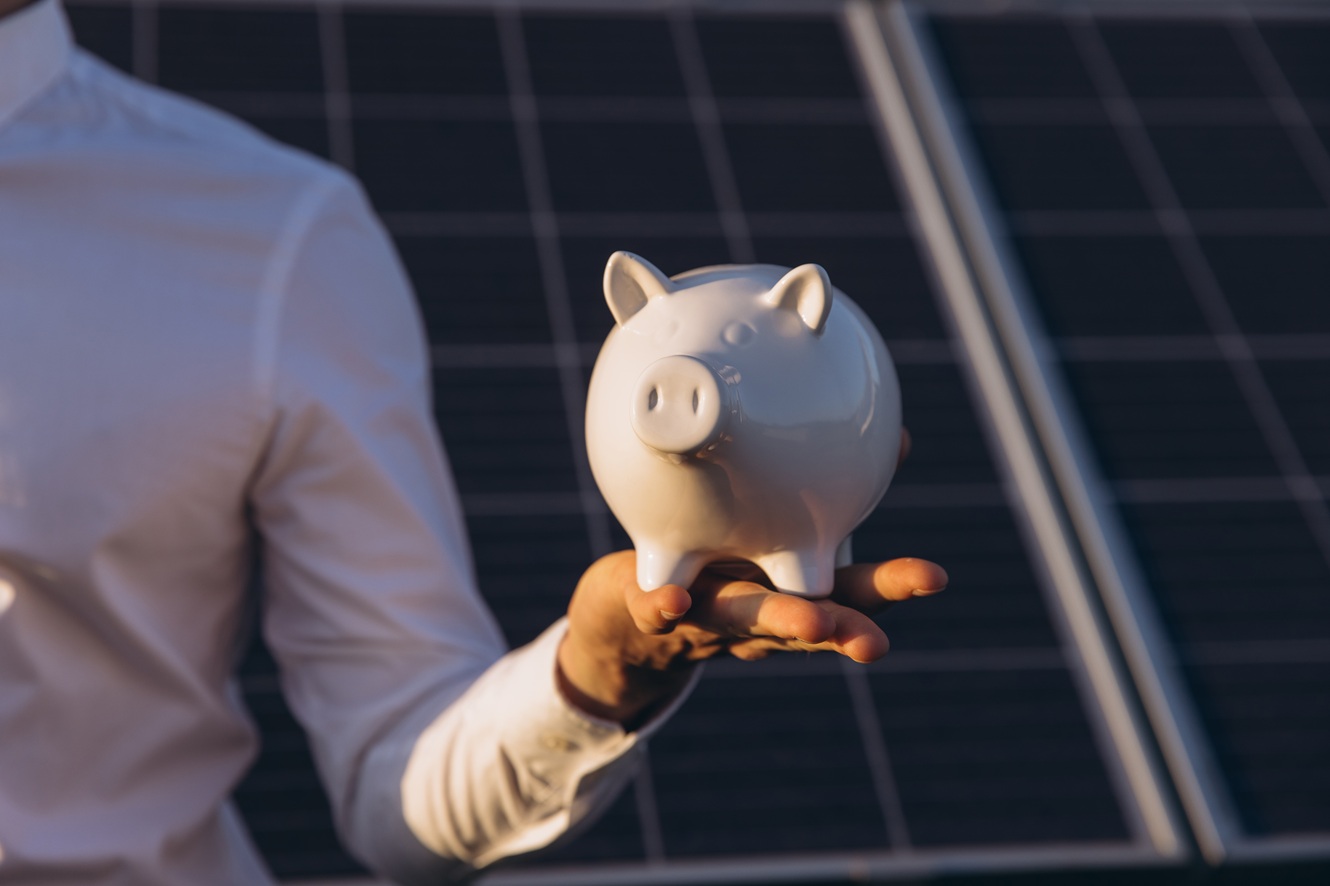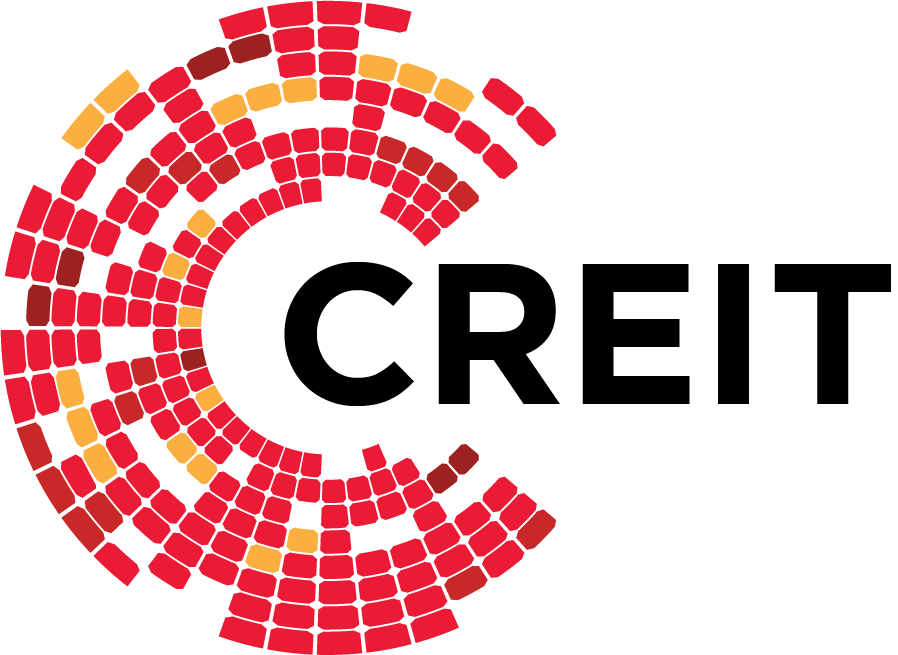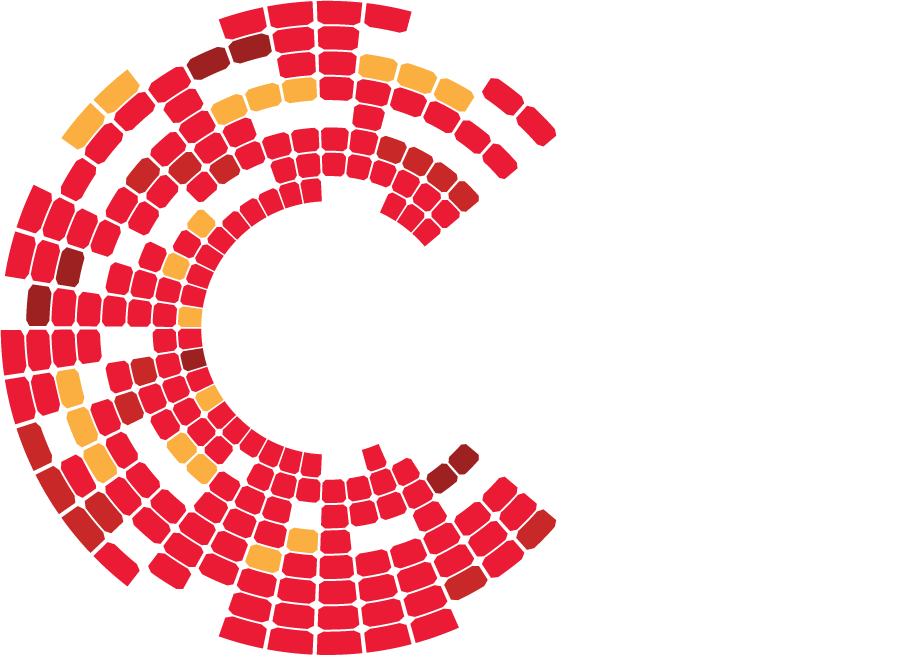For many Filipino investors—especially those just beginning their investment journey—understanding where and how your money grows is just as important as making that first investment. And when it comes to maximizing returns, few concepts are as straightforward and appealing as the cash dividend.
A cash dividend is more than just a bonus; it’s a sign that a company is doing well and sharing its profits with shareholders. For new investors who want their money to work harder than it does in a traditional savings account, cash dividends offer both reassurance and reward.
This guide is tailored to help local retail investors grasp how cash dividends work, what options are available, and how they can help build a solid, long-term portfolio—especially when investing in crisis-resilient sectors like renewable energy.
What is a Cash Dividend?
A cash dividend is a payout that a corporation declares to distribute part of its earnings to shareholders. Paid on a per-share basis, it means that if you own shares in a company that declares a dividend, you will receive a specific amount for each share you hold. This payment is usually credited directly to your brokerage account or bank account, providing a tangible return on your investment.
The company’s board of directors is responsible for declaring the dividend and setting key dates: the declaration date, record date, ex-dividend date, and date of payment. These determine who qualifies to receive the dividend and when it will be paid.
Here’s a quick look at how the cash dividend process works:
- 1. Declaration Date: When the company announces it will pay a dividend.
- 2. Ex-Dividend Date: The cutoff date to be eligible to receive the dividend. If you buy shares on or after this date, you won’t get the dividend.
- 3. Record Date: The company checks its list of shareholders to determine who qualifies.
- 4. Date of Payment: When the dividend is actually paid out to shareholders.
Unlike capital gains—which rely on selling your shares at a higher price—cash dividends offer ongoing passive income, making them attractive for moderate-risk investors seeking consistent returns and better cash flow.
Cash vs. Stock vs. Property Dividends: What’s the Difference?
When a corporation declares a dividend, it can take several forms. Here’s how cash dividends compare to stock and property dividends:
- • Cash Dividend: Paid in cash. It’s straightforward, immediately usable, and typically taxed as income.
- • Stock Dividend: Paid in additional shares rather than cash. This increases your holdings but doesn’t provide instant liquidity. It may or may not affect the stock price depending on the amount issued.
- • Property Dividend: Paid in the form of physical assets or securities. Rarely used, but some companies may opt for this if they hold non-cash assets they want to distribute.
Related Article: Dividends: Building Wealth, One Payout at a Time

Different Types of Cash Dividends
While all cash dividends pay out in currency, there are different kinds based on timing and purpose. Each type carries implications not only for when you receive income but also for how you strategize your investments.
For example, regular dividends can support a buy-and-hold strategy that prioritizes long-term passive income. Special dividends might appeal more to investors seeking short-term gains or anticipating a one-time company windfall. Meanwhile, interim and final dividends can affect how you time your entry or exit in a stock, especially around earnings season.
Moreover, these dividend types may also influence stock price behavior. A declared special dividend, for instance, can temporarily increase a stock's attractiveness, leading to price spikes before the ex-dividend date followed by a dip once the dividend is paid.
Understanding these dynamics helps investors avoid unexpected changes in their portfolio's value and better position themselves to benefit from both income and capital appreciation. Knowing their distinctions gives you an understanding of what to expect as an investor.
1. Regular Dividends
These are the most common form of cash dividend. Regular dividends are paid on a consistent schedule—quarterly, semi-annually, or annually—and reflect a company’s commitment to sharing profits with shareholders. Companies with strong and predictable cash flow often use regular dividends as a sign of financial stability. For investors, this type of dividend provides reliable income that can be reinvested or used as needed.
2. Special Dividends
Sometimes referred to as extra dividends, these are one-time payments issued when a company earns unusually high profits or completes a significant asset sale. They are not part of a company’s usual dividend policy and should be seen as a bonus rather than a recurring benefit. Special dividends can provide an attractive windfall, especially for those holding shares during a profitable period.
3. Interim Dividends
These are declared and paid before a company finalizes its full-year financial statements. They give shareholders a portion of the profits ahead of the year-end closing. Interim dividends often indicate confidence from the board of directors about the company's performance in the first half of the year. They are typically followed by a final dividend, which reconciles total payouts for the fiscal year.
4. Final Dividends
Declared after the end of a fiscal year, final dividends represent the remaining share of earnings that a company distributes after closing its books. They must be approved at the annual general meeting and are often larger than interim dividends. Together, interim and final dividends make up the total cash payout a shareholder can expect in a profitable year.
5. Fixed vs. Variable Dividends
Some companies adopt a fixed dividend policy, offering a set payout each period, while others opt for variable dividends, which fluctuate based on profits and company needs. Understanding this policy can help investors forecast their returns and plan around them.
For new investors, identifying which type of cash dividend applies can help you set expectations and align your investment with your financial goals and timeline.
The Pros and Cons of Receiving a Cash Dividend
Cash dividends are a valuable component of an investment strategy, especially for new or cautious investors looking for reassurance amid market uncertainties. In the Philippine context, many local retail investors appreciate cash dividends as a steady stream of income that doesn’t require constant market monitoring or trading. They offer a way to grow wealth passively, especially for moderate risk-takers balancing family responsibilities and financial goals.
Below are the advantages and disadvantages to consider. Understanding these pros and cons allows investors to build a strategy that aligns with their risk profile and life stage—whether you’re looking for growth, income, or a balance of both.
Advantages
- • Steady Cash Flow: Receiving periodic cash dividends offers consistent passive income. This is especially helpful for individuals who rely on investments to supplement their regular earnings, such as working parents or retirees.
- • Reinvestment Opportunities: Cash dividends can be reinvested into additional shares of the same company or used to diversify into new asset classes. Over time, this compounding strategy can boost overall portfolio value.
- • Company Performance Signal: Companies that consistently declare and pay cash dividends are often financially sound and generate healthy profits. For cautious investors, this offers peace of mind and a signal of management’s confidence in future earnings.
- • Retirement and Long-Term Planning: For investors planning long-term financial goals—like education funds or retirement—cash dividends serve as a dependable source of income that doesn’t require selling assets.
Disadvantages
- • Tax Implications: Cash dividends are typically considered taxable income, which means you may need to report them during tax season. Depending on your tax bracket, this can reduce your net return.
- • Dividends Are Not Guaranteed: Unlike fixed interest from bonds, cash dividends can be reduced or suspended at any time, particularly during economic downturns. Companies facing financial pressure may prioritize reinvestment over distribution.
- • Lower Capital Growth: Companies that prioritize dividends may reinvest less into growth initiatives, potentially leading to slower stock appreciation. While dividend income is stable, it may come at the expense of long-term capital gains.

Latest Update on CREIT’s Cash Dividend Announcement
Citicore Energy REIT Corp. (CREIT) recently announced a cash dividend of PHP 0.055 per share, reinforcing its commitment to providing stable income to shareholders. This payout is part of CREIT’s regular dividend program and reflects its strong operational performance in the renewable energy sector. You can read the full announcement here.
With assets in a crisis-proof industry like clean energy, CREIT offers investors a reliable source of income through dividend payments, while supporting national sustainability goals.
Maximize Sustainable Returns from Renewable Energy Investments
Cash dividends are a practical way for Filipino investors to earn consistent income while holding long-term assets. And when those assets are in essential sectors like renewable energy, the benefits multiply: stability, purpose, and profitability.
If you're new to investing and looking for steady, sustainable returns, CREIT’s green asset portfolio is designed for you. As the country’s first renewable energy REIT, CREIT empowers investors to earn regular income while participating in the nation’s clean energy transition.
Let your investments do more than grow—let them make an impact. Start with CREIT today!


